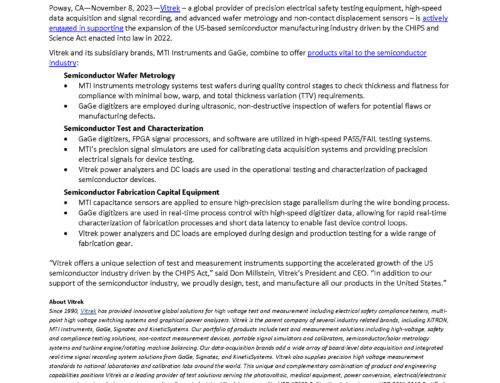 Brake rotor thickness variation, or disc thickness variation (DTV), causes uneven wear to brake rotors, disc-shaped automotive parts that are squeezed between brake pads to slow or stop a vehicle’s wheels. When a brake rotor has areas of different thickness, the amount of clamping force that’s applied across the rotor’s surface varies. These differences in clamping force lead to difference in torque, and the results may include brake shuddering, pulsating, or vibration.
Brake rotor thickness variation, or disc thickness variation (DTV), causes uneven wear to brake rotors, disc-shaped automotive parts that are squeezed between brake pads to slow or stop a vehicle’s wheels. When a brake rotor has areas of different thickness, the amount of clamping force that’s applied across the rotor’s surface varies. These differences in clamping force lead to difference in torque, and the results may include brake shuddering, pulsating, or vibration.
Even under normal driving conditions, brake rotors are subjected to extreme conditions that can cause performance-related issues. To ensure that brake rotors can perform properly without problems such as runout or warping, vehicle manufacturers perform dynamic testing. Along with brake rotor thickness or DTV, vehicle manufacturers test for service life, stopping distance, and vibration-free braking. Both laboratory and on-road vehicle tests are needed.
Brake Rotor Test and Measurement
To simulate what a driver encounters, test vehicles are equipped with high-temperature displacement probes and temperature sensors that actively monitor each brake rotor. Data about temperature, disc runout, DTV, and disc “coning” or warpage are collected continuously and monitored from inside the test vehicle. Brake designers then use this information to determine how long a braking system will last and to evaluate its overall performance.
During this testing, conventional non-contact capacitance displacements sensors can be used. These sensors monitor the distance between the brake rotor and a probe while the rotor is spinning. For more accurate rotor mapping, up to three sensors may be used. MTI Instruments, a leading provider of precision measurement solutions, makes high-temperature capacitance probes from Inconel and ceramic materials that withstand high temperatures up to 1200°F (650°C).
Vehicle Manufacturers and Brake Rotor Thickness Variation
Several major vehicle manufacturers are using MTI’s Accumeasure™ high-temperature sensors and MTI’s Accumeasure™ digital amplifier for testing brake rotor thickness. This multi-channel brake rotor measurement system, the Accumeasure™ Digital Capacitance System, provides up to four independent measurement channels in a rugged, compact amplifier package. With multiple unit synchronization, several units can be coupled together for multiple point measurements.
The Accumeasure™ Digital Capacitance System converts a highly-reliable capacitive electric field measurement (displacement) directly into a precise 24-bit digital reading. MTI’s Digital Accumeasure™ software allows data to be displayed on a laptop or saved to CSV file for further data reduction. To learn more about measuring brake rotor thickness, contact MTI Instruments.


